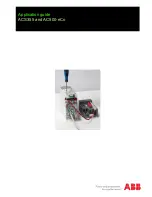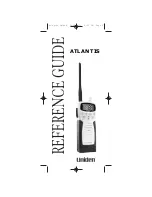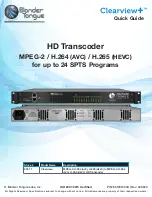
Fig. 3 illustrates the distribution of the sound-pressure relative to the respective feedback frequency. This frequency depends on your instru-
ment and lies between 120 and 150 Hz. So the distance from pressure-maximum to pressure-minimum (wavelength) measures about 3m
(10’).
In order to avoid any influence on your instrument from the speakers you should choose your playing position in a pressure-minimum area,
since this achieves the clearest sound and lowest feedback-tendency.
The SCHERTLER® DYN-B Transducer is equipped with a phase-reversion switch; which offers you the possibility of feedback reduction. This
is particularly helpful if you have to play with high volume or close to speakers or monitors.
As shown in fig. 3 the pressure-maximum areas are shifted half a wavelength (ca. 1.5 m – 5 ft.) by activating the switch (by simple rota-
tion). So you can change your "playing-position" without actually moving.
The practical use of the switch is very easy. With only a little experience you will quickly locate a pressure-minimum zone that will become
your playing position.
Follow these simple steps:
Have a soundcheck with high volume.
Rotate the phase-reversion switch and notice on which position the sound is more transparent, i.e. where it tends less to feedback. You can
also tap on the instrument near the Transducer. On the "wrong" switch-position you will hear the longer resonance.
The unique characteristics of the SCHERTLER® DYN-B Transducer provide you with a device with very low impedance and balanced signal
ouput. This lessens the probability of having problems such as line noise, humming and interference (i.e. radio noise), even if very long
cables are used. Thanks to the transducer's high dynamics, transducer noise is kept to a minimum.
Since the transducer has a flat frequency response we don’t recommend trying to improve the sound through equalization. As necessary
you can adjust the mounting position of the transducer to control the sound. However, to reduce lower frequencies at around 150 Hz (cer-
tain frequencies at around XXX Hz), a parametric equalizer would be helpful to give the sound more transparency. (The SCHERTLER® PRE-
A Acoustic Preamp is provided with such a filter).
The SCHERTLER® Transducer can be connected in several different ways, three of which are listed below:
1) Directly to the mixer or a microphone-amp with balanced XLR-Inputs (Canon). This will be the most customary way of amplifying most
instruments. This is especially helpful during studio recording as it guarantees highest fidelity, but also in "live" performances where you
have the possibility of playing directly into the house system or concert set-up.
2) Even if there is no PA/mixer system available you still shouldn’t miss out on the advantages that a "full range" speaker system offers.
You can use the SCHERTLER® PRE-A Acoustic Preamp in conjunction with the transducer: this device is musically and technically synchro-
nized to the SCHERTLER® Transducer and provides a preamplified signal (+20dB) for connection to any power-amp or active speaker. Using
our original SCHERTLER®PUB 2/280 or 3/400, very compact, high quality, two and three way active loudspeakers will obtain surprising
results.
3) The transducer can also be connected to any bass amp (using an adapter or cable canon/jack). Yet, one must never forget that most bass
amplifiers don’t have the ability to reproduce an acoustic instrument sound
correctly. The SCHERTLER® Transducer provides a very acoustic, microphone-like signal, which needs no additional improvement at all (amp-
character, equalizer) unlike piezoelectric pickups. Therefore you should always use amplifiers and speaker systems that are best for piano
or voice too as the acoustic bass is much like a human voice. Should you be in a situation where you are forced to use a bass amplifier,
we recommend the use of the Acoustic Preamp, PRE-A, plugged into the "effects return" (or "slave in") of the amplifier, which should by-
pass the system preamp of the amplifier, which generally manipulates the input signal generating a more electric sound.
USING THE DYN-B
FEEDBACK REDUCTION BY PHASE-REVERSION
1
2
3




















